JWST is about to supercharge the hunt for exoplanets, the problems with antiabortion heartbeat bills, and more!
|
 | ||||
| January 23, 2023 | ||||
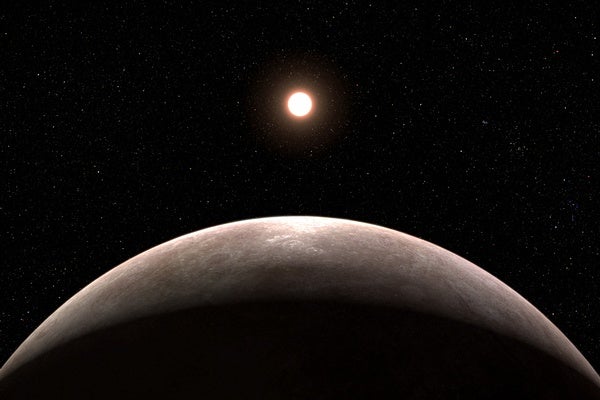 | ||||
| ||||
| ||||
| ||||
| ||||
| ||||
| ||||
| ||||
| ||||
| ||||
| ||||
| ||||
| ||||
| LATEST ISSUES | ||||
| ||||
| Download the Scientific American App | ||||
|
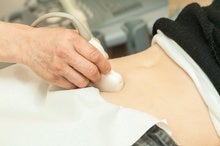
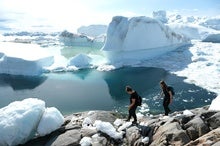
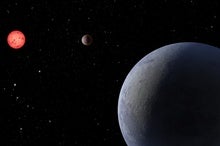
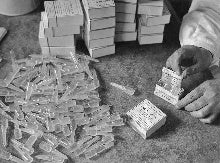


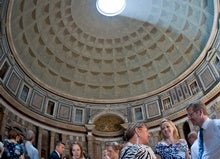
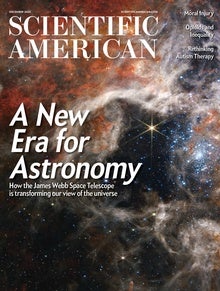

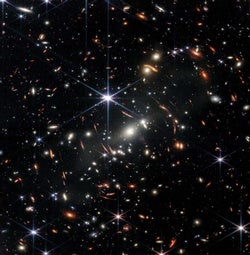
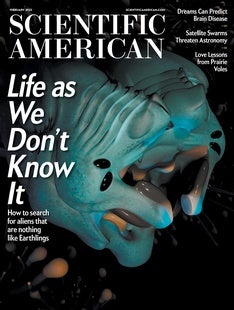

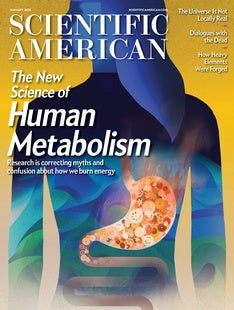
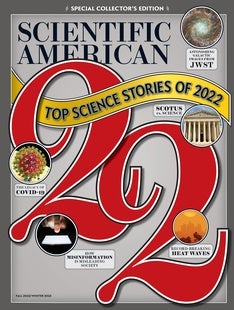
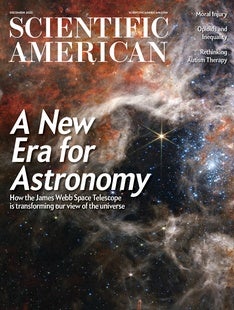



Comments
Post a Comment